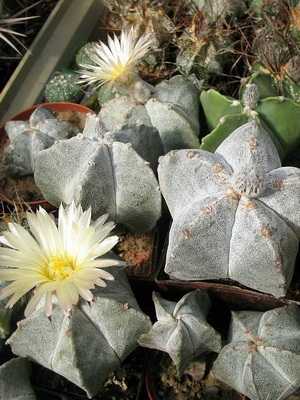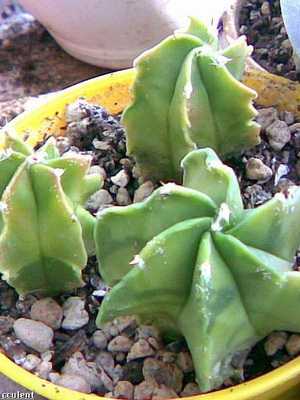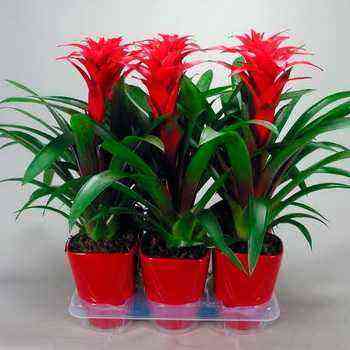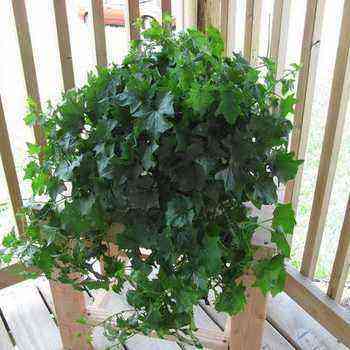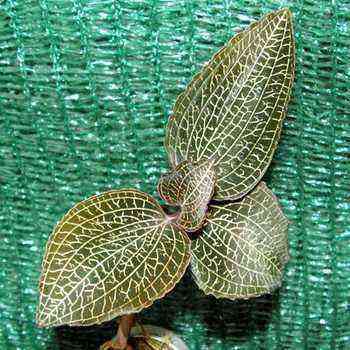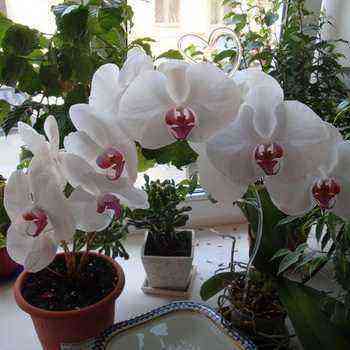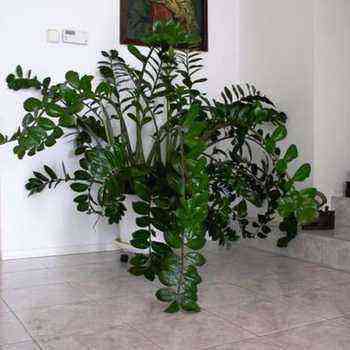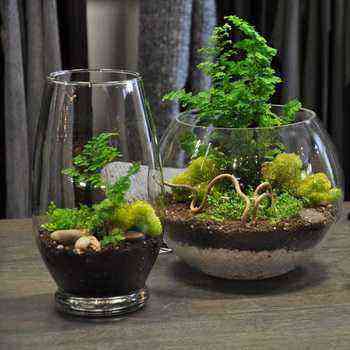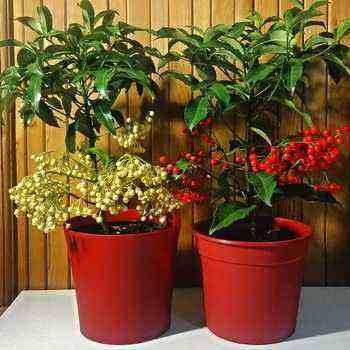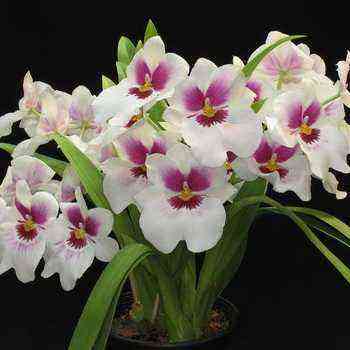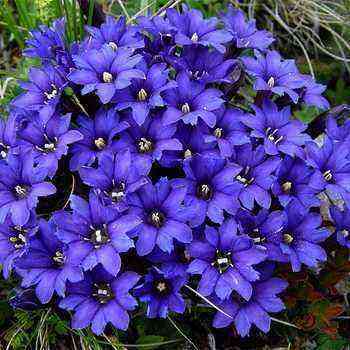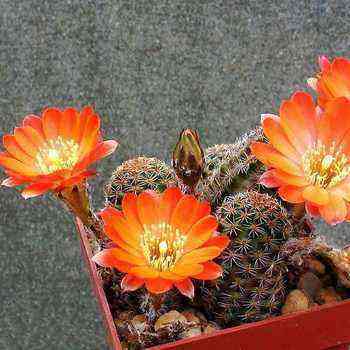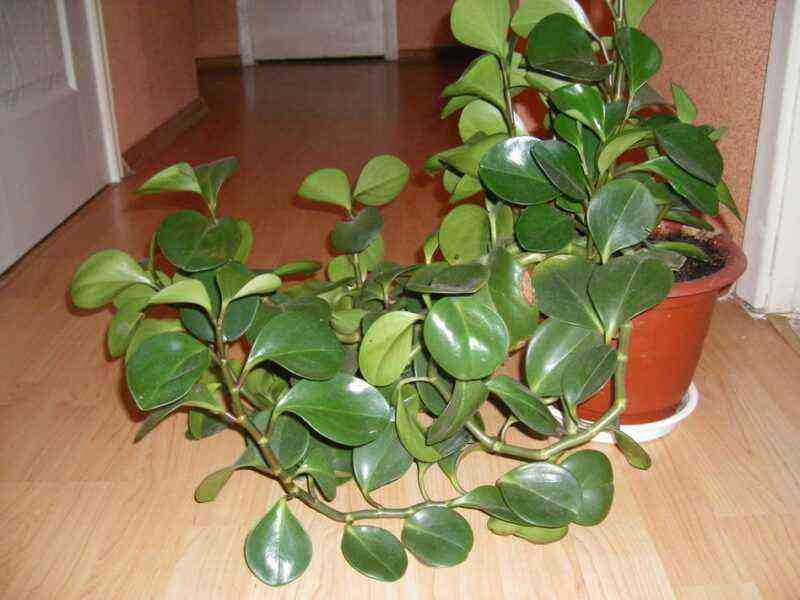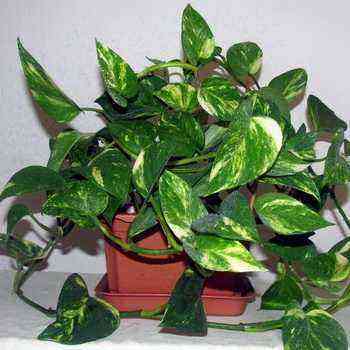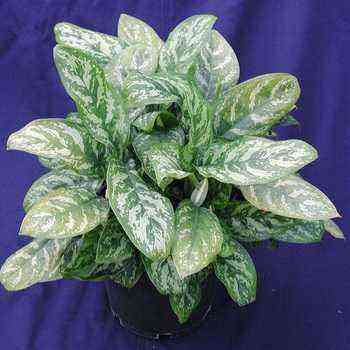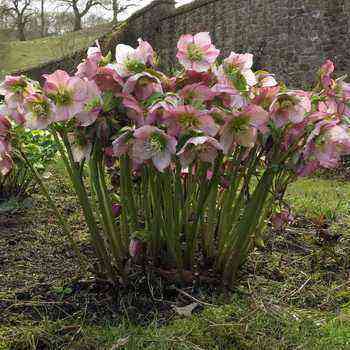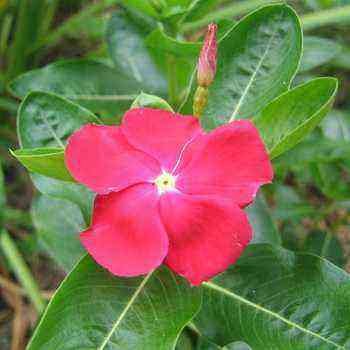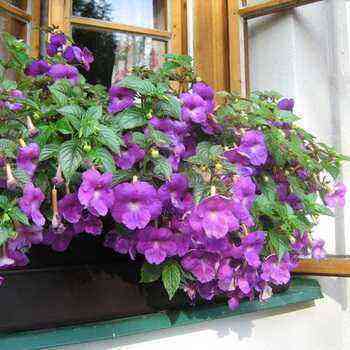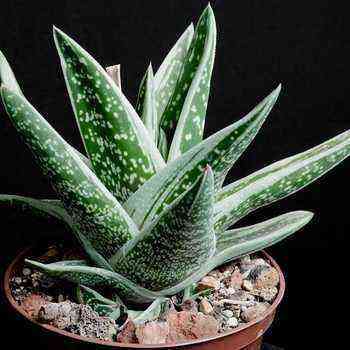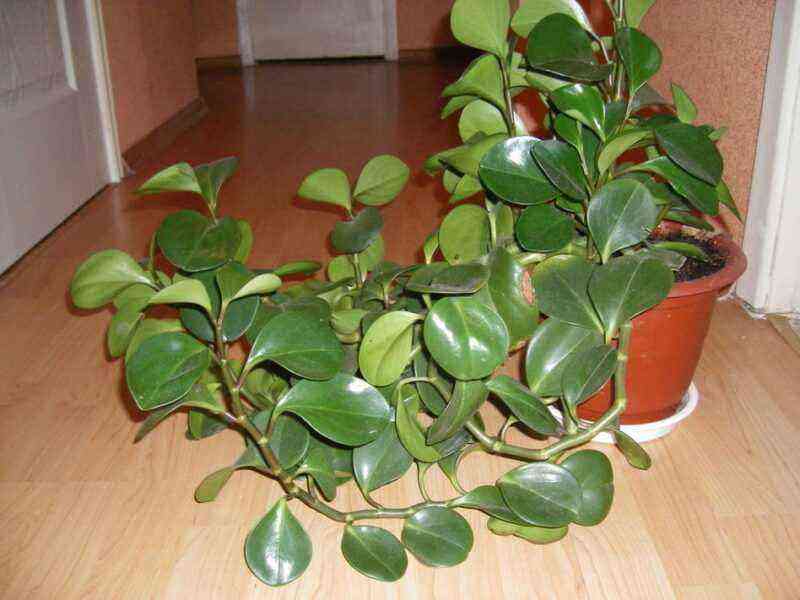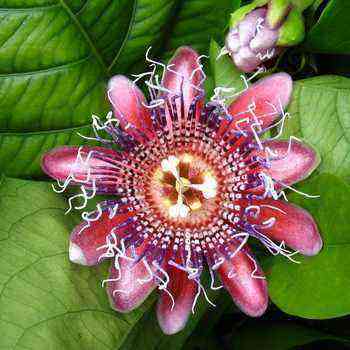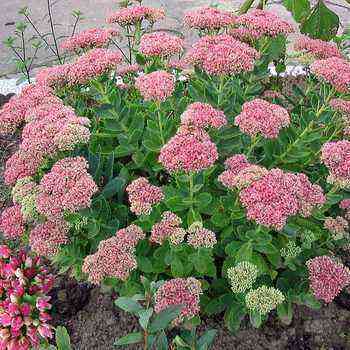 The Astrophytum cactus is often called the star or star cactus. This genus of cylindrical or spherical succulents includes several species, but only four of them are the most studied. A characteristic feature of most Astrophytum cactus species is the presence of small light specks on the stem. In fact, they are tiny tufts of hairs designed to absorb moisture.
The Astrophytum cactus is often called the star or star cactus. This genus of cylindrical or spherical succulents includes several species, but only four of them are the most studied. A characteristic feature of most Astrophytum cactus species is the presence of small light specks on the stem. In fact, they are tiny tufts of hairs designed to absorb moisture.
Types of cacti Astrophytum
Star Cacti top our list not only because of their alphabetical order. Astrophytums are everyone’s favorites, of course, decorating any collection and exhibition. These amazing plants are unlike any other cacti. Apparently, Astrophytum is one of the few genera that has not been combined with any other in any taxonomic revision.
Astrophytums are some of the most traditional cacti in culture. But the fascination with them at the turn of the millennium received a new impetus. And not even one.
There are only four known good (i.e., no doubt) types of Astrophytum:
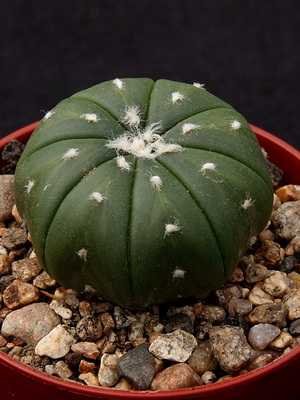
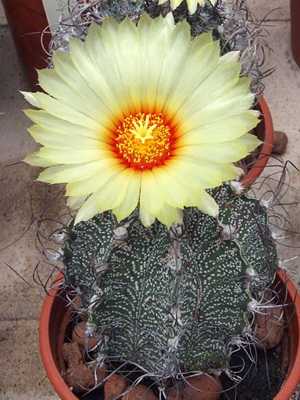
A. asterias (asterias), A capricorne (capricorn) “,
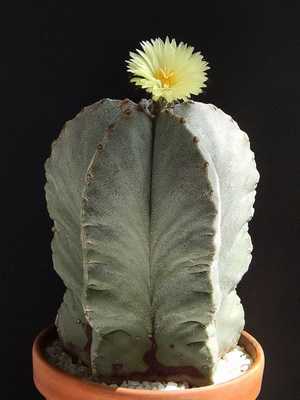

A myriostigma (myriostigma), A ornatum (ornatum).
But each of them is represented by a large number of forms, both awarded taxonomic rank and their own scientific name, and simply having some stable difference from the rest. In addition, many hybrids and varieties are known.
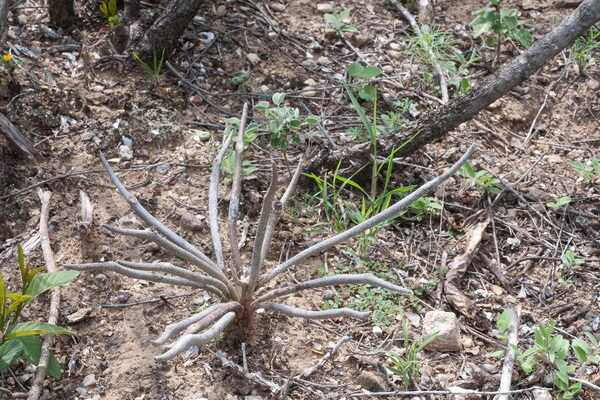
In 2002, in Mexico, there was a sensational find of an amazing cactus, small, in the form of thin twigs, in fact, these are unusually long tubercles of the stem. This miracle was described as a new species and genus – Digitostigma caputmedusae. But further analysis showed that this cactus is the closest relative of astrophytums: exactly the same flowers and felt specks on the stems. Now it – as a separate subgenus – is included in the genus Astrophytum. The decorative value of the newly-minted astrophytum is controversial, but its cognitive and collection value cannot be overestimated.
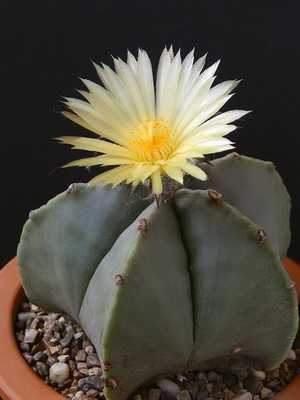
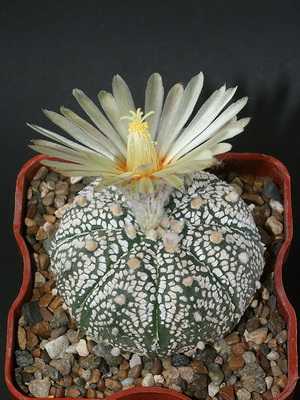
Another revolutionary change is associated with the discovery of unique specimens of astrophytums A. myriostigma и A. Asterias.
As you can see in the photo, in these species of Astrophytums, felt specks are collected in groups that form intricate patterns:
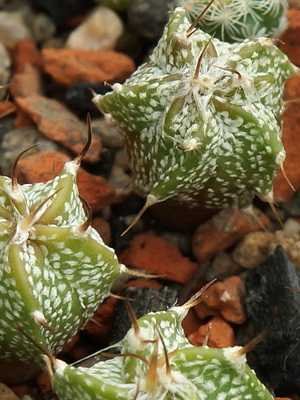
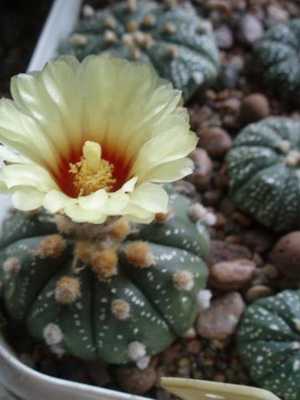
Through the efforts of breeders – mainly Japanese – these characters were fixed in short lines in numerous new varieties of variety groups, named Onzuka and Cabuto, respectively, and many more cultivars were added to them, surprising with stunning aberrations of the ribs and surface structure of the stem. The explosive appearance of these varieties fundamentally changed the modern collecting of astrophytums.
Astrophytums asterias and myriostigma
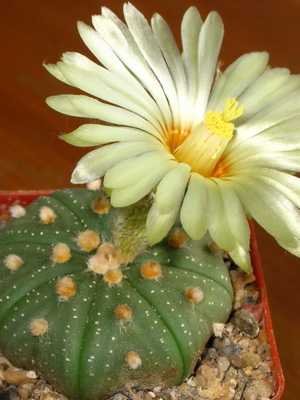
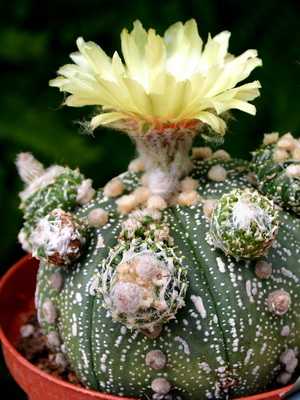
Astrophytum asterias (A. Asterias) is probably one of the most beautiful and peculiar cacti, but also the most demanding of astrophytums – novice cactus growers should not buy it. The “star” name of astrophytums (aster -star) is explained by both the star-shaped structure of the stem (resembling a starfish) and white flakes covering the epithelium, like stars in the night sky. These specks, as an important element of the beauty of astrophytums, must be protected: they are easy to wipe off or stain.
For a long time in the domestic cactus industry, astrophytums evoked an almost religious attitude. But over time, it turned out that these cacti grow well with general agricultural technology and are easily propagated by seeds. Grafting is completely unnecessary for them, even the demanding A. asterias on it is ugly and does not last long, and the rest, much larger plants, are generally meaningless to graft. Usually, only seedlings of these plants are grafted for quick rearing.
Some of the specificity of caring for Aastrofitum is as follows. They need a less acidic earthen mixture than most other cacti, with a high calcium content (the exception here is A. asterias). Provide your astrophytums with plenty of sun and a cool, dry winter, and they will delight you for years to come. When choosing an astrophytum, keep in mind that A. firenatum blooms only at a late age, although without flowering it will decorate your home.

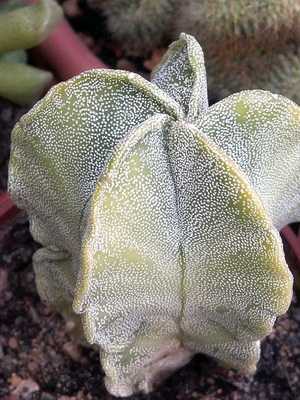
Most famous and easiest in culture Astrophytum amyriostigma (A. Myriostigma), which received the name “episcopal mitra” in several countries due to its unusual shape. This thornless cactus is the best candidate for decorative compositions, for inclusion in a nascent collection, and simply for expanding the variety of flowers on the windowsill. Unfortunately, astrophytums also have a specific weakness with age, they often begin to become covered underneath with large brown spots, sometimes covering the entire base of the stem and rising higher. Plants do not die, but they look disfigured.
Here you can see photos of various types of Astrophytum cacti:
